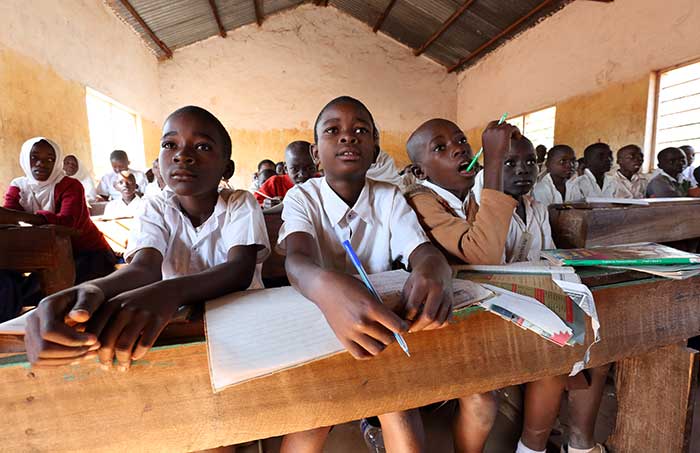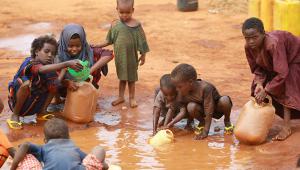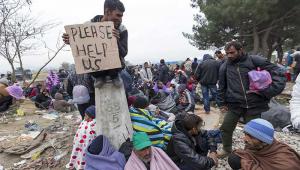web_schoolafrica_shutterstock_315777626.jpg

Children in school
At $12bn, annual aid to education in 2015 was 4% lower than it was in 2010, despite total development aid increasing by 24% over the same period, a Unesco report, published yesterday, found.
Meanwhile, the agency warned that the education aid that was available is not being allocated according to need, with the report arguing there is room to “rationalise” aid allocations and direct more to certain countries or regions.
The news comes amid a widely acknowledged “crisis” in education funding, as well as at a time when conflicts, namely the war in Syria, have sparked concerns of a ‘lost generation’ of children who have never been, or spent years out of, school.
Irina Bokova, director general of Unesco, said aid levels would need to be multiplied “by at least six” to meet global goals on education.
Secondary education has been particularly neglected, with donors focusing their attention on primary schools. In 2015, funding of secondary education decreased by 9%, to around $2.2bn, or 19% of total aid to education.
This is despite adolescents of lower secondary school age being almost twice as likely to be out of school as primary school-age children, with one out of every six not enrolled. That amounted to almost 65 million young people in 2013.
Nevertheless, in the same year, around 59 million children at primary school age were also not in education.
According to Unesco’s report, aid to basic education – which consists of both pre-primary and primary education as well as adult education and literacy programmes –stood at $5.2bn in 2015. That’s an increase on 2014’s $4.8bn, but is still 6% lower than in 2010.
While funding has been falling, the problem has been getting worse. Between 2010 and 2013, a separate Unesco report found that the number of primary-school age children rose by 2.4 million.
This stands in stark contrast to the start of the century, when governments around the world committed to improving education and started making progress.
Since then, donor support has fallen away. Aid to education from governments around the world had fallen by 18% in 2015, compared to 2010 levels.
The US and the UK, the two largest education donors, reduced their allocations to basic education by 11% and 9% respectively in 2014-15. Other nations, such as Norway and Germany, however, increased theirs by 50% and 34%.
“Donors to education are shifting their attention away from the poorest countries,” Bokova added, while the report points out that funds aren’t being directed towards the greatest need, where money might go further.
In 2015, sub-Saharan Africa, for instance, home to over half of the world’s out-of-school children, received less than half of the aid to basic education it received in 2002.
While the region still received more than any other, this was by only a small amount, and one that was incommensurate with the scale of the challenge it faces.
The region saw 26% ($1.3bn) of total aid to basic education in 2015. North Africa and western Asia, meanwhile, saw 22%, but are home to just 9% of out-of-school children.
Unesco said the “disproportionately high” share, which rose from 5% in 2002, was driven by increases to Jordan, Lebanon and Palestine – all countries hit by conflict, with the first two in particular being major destinations for Syrian refugees.
Even so, education receives just 2.7% of all the total humanitarian aid available (amounting to 48% of the aid needed), despite this being at historically high levels to respond to rising need.
The report also said there is room for donors to better target their country-specific education aid allocations.
It highlighted that, while the calculations are inexact, it would cost an estimated $182m to school the 49% of children that are currently not in education in Burkina Faso. But the country received just $17m in 2012.
Zimbabwe, meanwhile, saw $31m in the same year, despite the same calculation suggesting it would cost more like $11m to school the 2% of children that are not in education there.













